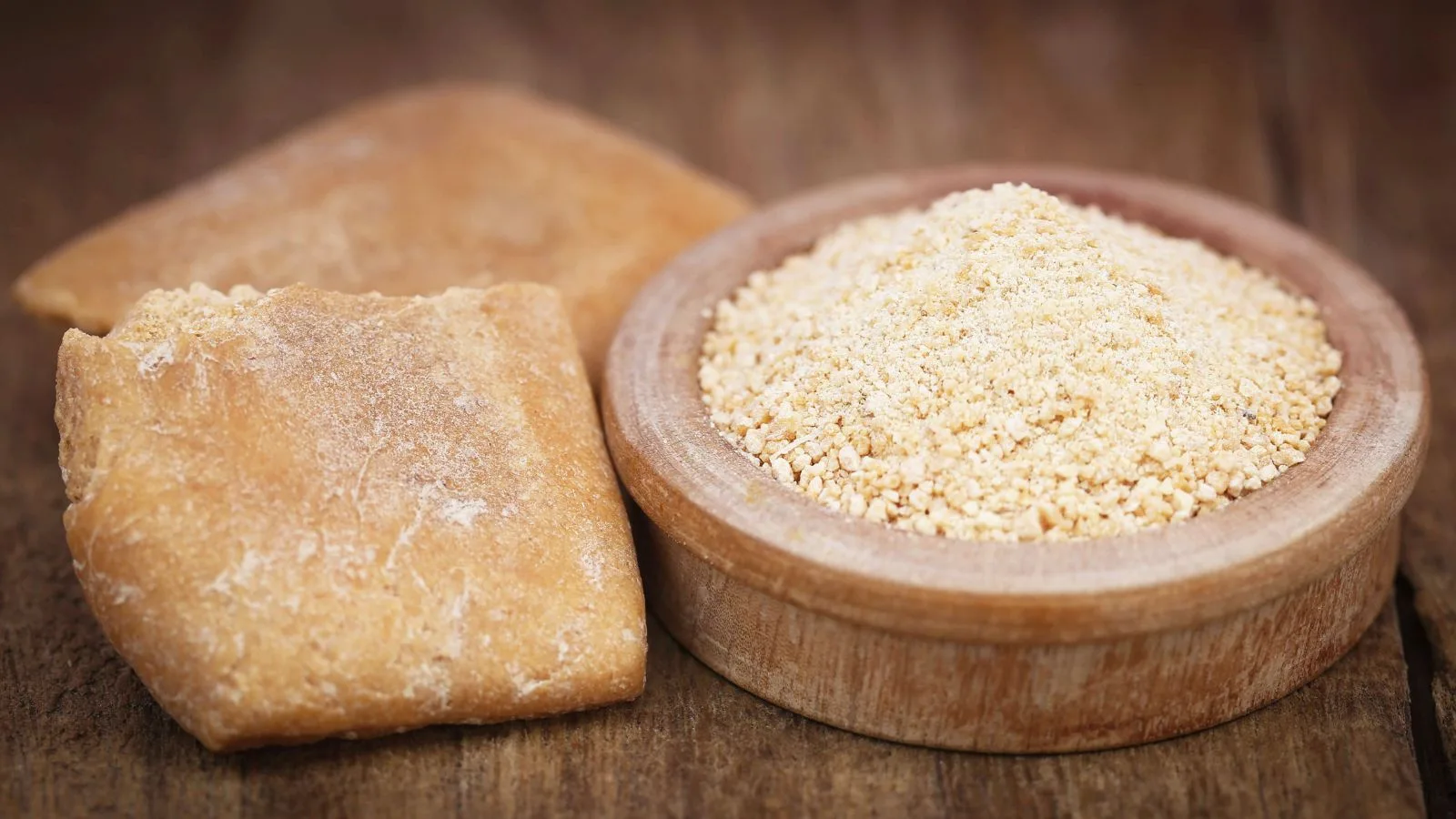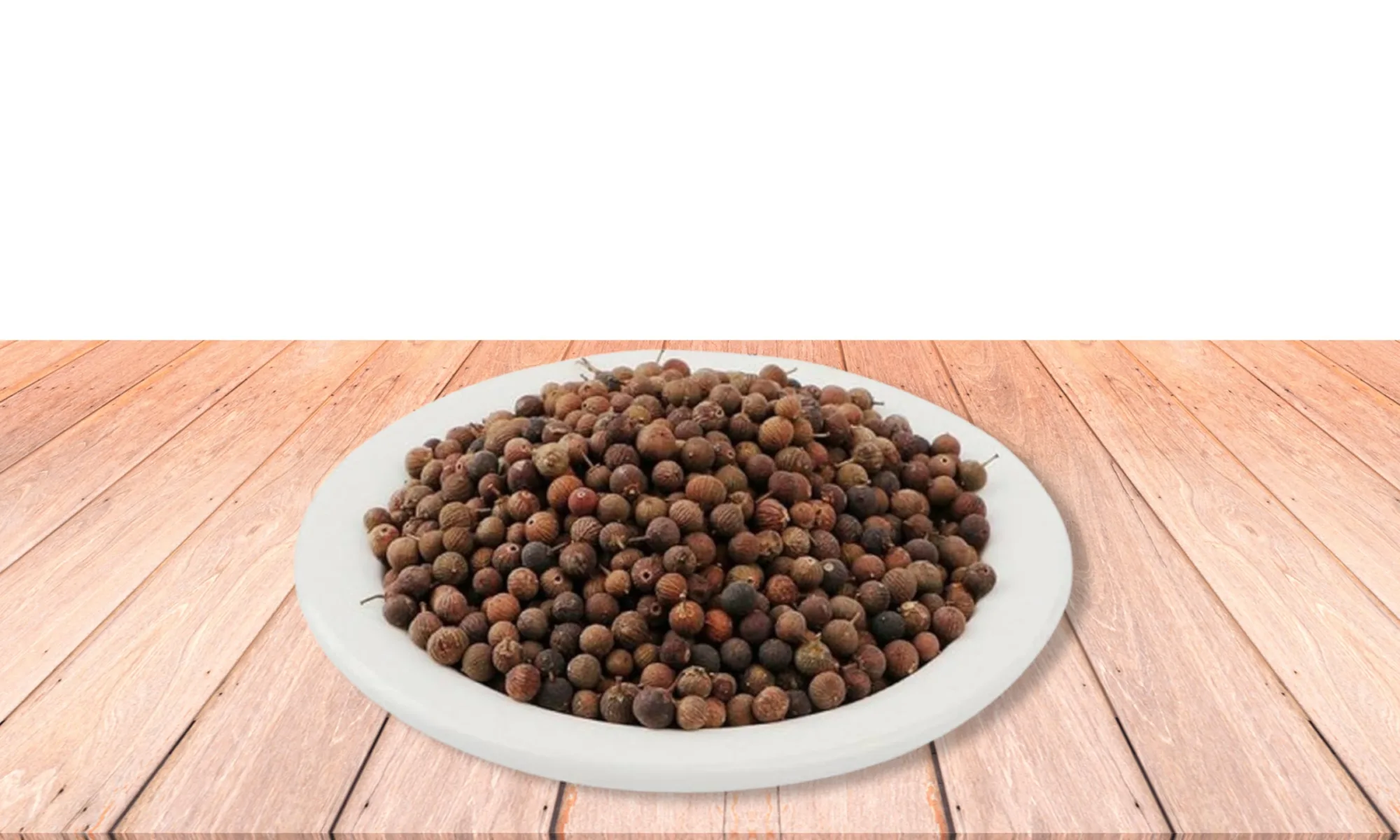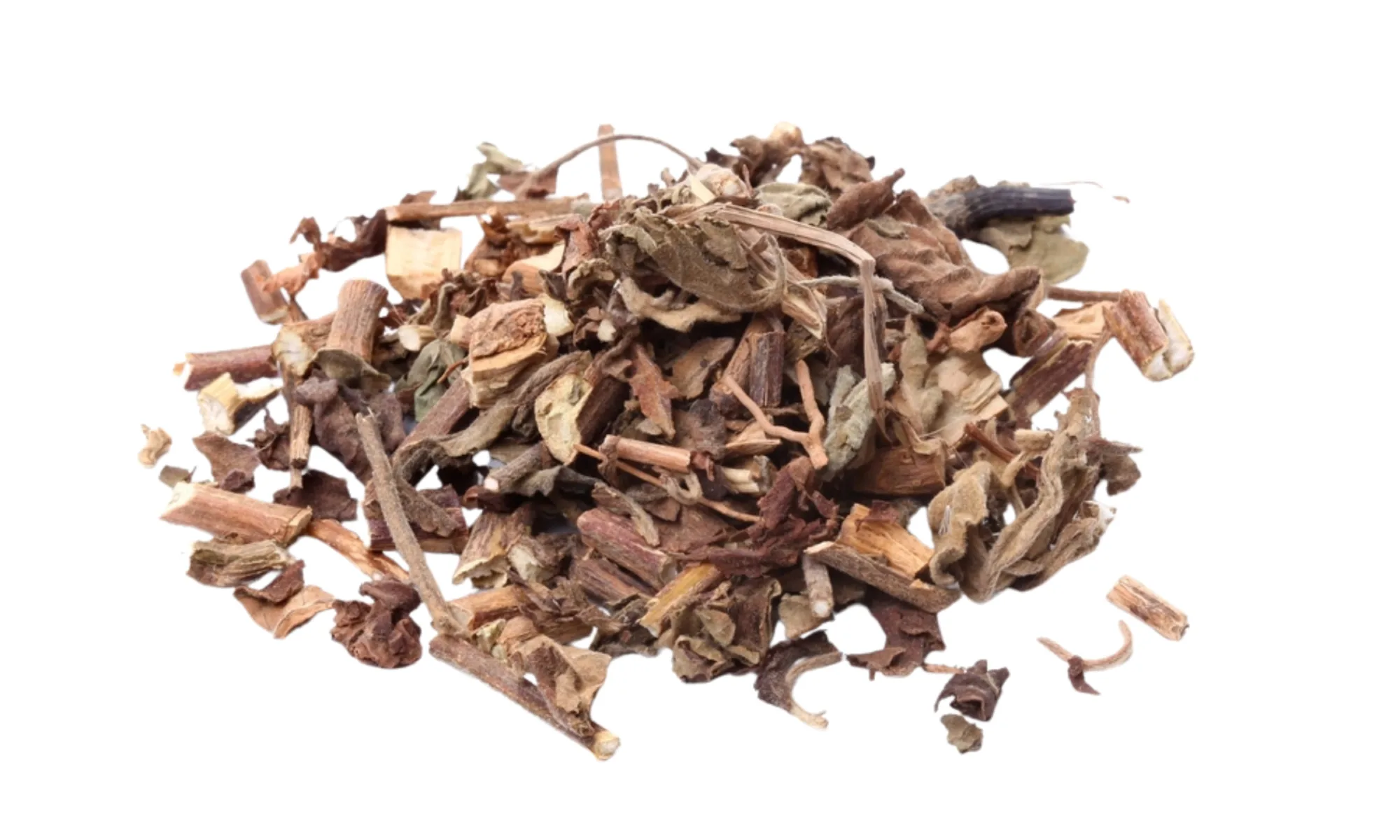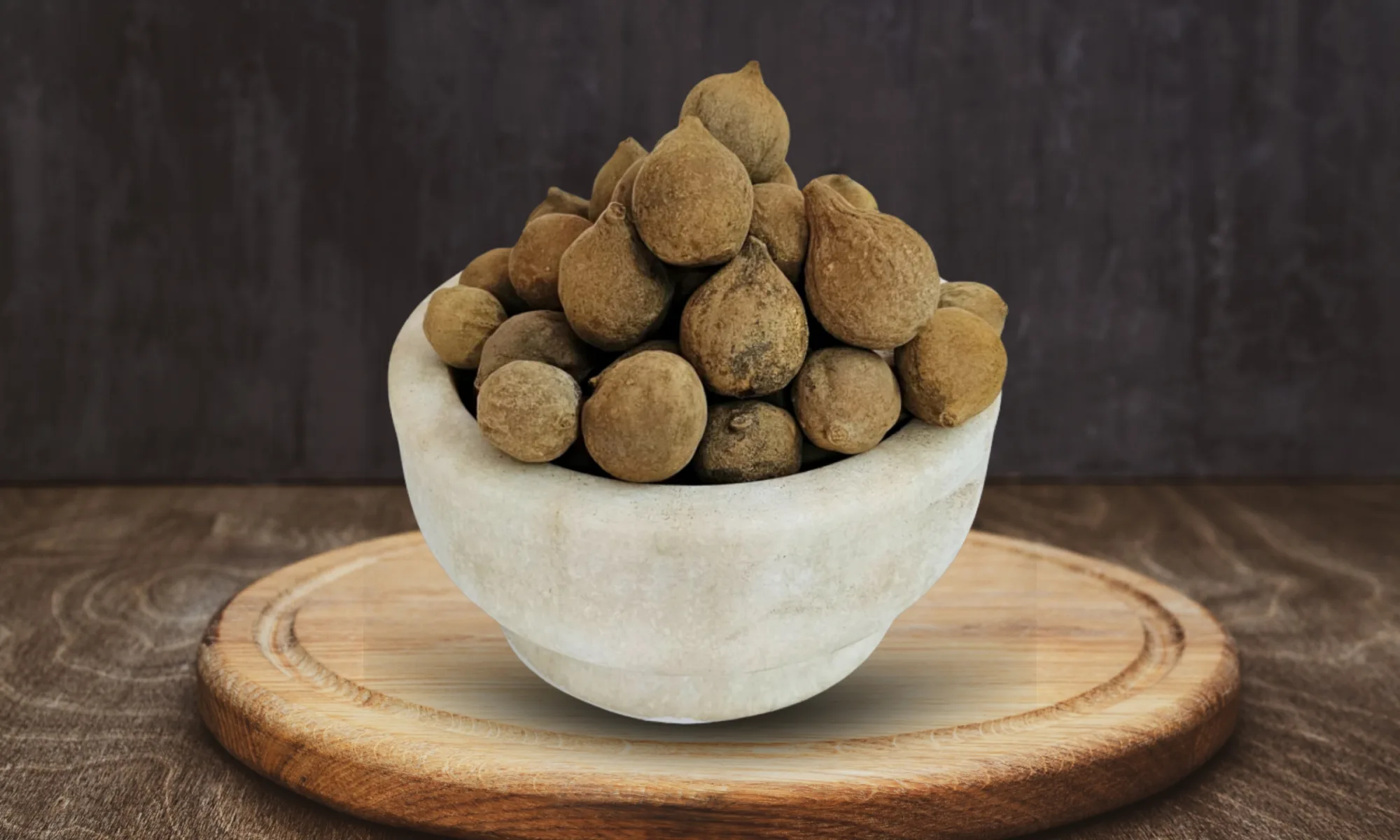Shilajeet (Asphaltum punjabianum) is a sticky, tar-like substance found primarily in the Himalayan and Tibetan mountain ranges. Over hundreds of years, specific plants slowly break down through the action of microorganisms, leading to its formation. Rich in fulvic acid and minerals, Shilajit is revered in Ayurveda as a potent rejuvenator (Rasayana) that promotes vitality, stamina, cognitive function, and overall health.
Scientific Classification
- Kingdom: Plantae (origin from plant decomposition)
- Division: Bryophyta / Mixed Organic Matter (Not a plant in itself, but derived from them)
- Class: Substance derived from organic and mineral sources
- Order: Not applicable (complex exudate)
- Family: Not applicable
- Genus: Asphaltum
- Species: Asphaltum punjabianum / Asphaltum bitumen
Common Names
- English: Shilajeet, Mineral Pitch, Asphaltum
- Sanskrit: Shilajatu, Shiladhatu, Silajatu
- Hindi: Shilajit
- Tamil: Ueraram
- Telugu: Silajatu
- Bengali: Shilajit
- Marathi: Shilajit
Shilajeet Uses
- Rejuvenation & Vitality – Enhances energy levels, physical performance, and strength.
- Male Reproductive Health – Improves sperm count, testosterone levels, and libido, Used in treating conditions like erectile dysfunction and infertility.
- Cognitive Function – Supports memory, focus, and mental clarity, Acts as a neuroprotective agent by reducing oxidative stress in brain tissues.
- Diabetes and Metabolic Health – Enhances insulin sensitivity and helps in blood sugar regulation.
- Anti-inflammatory & Antioxidant – Reduces chronic inflammation and oxidative stress, Supports joint health and manages arthritis-related pain.
- Fulvic Acid – Powerful antioxidant, carrier molecule for nutrients
- Humic Acid – Immunomodulatory and detoxifying properties
- Dibenzo-α-pyrones – Mitochondrial function enhancer
- Minerals – Iron, Zinc, Copper, Magnesium, Calcium
- Triterpenes, Sterols, Amino acids, Phenolic lipids
- Benzoic Acid, Uronic acids
Phytochemical Constituents
Shilajit is packed with natural compounds, including fulvic acid and vital minerals, making it a potent organic supplement. The primary bioactive constituents include:
References
Ayurvedic Pharmacopoeia of India, Part-I, Volume IV, Ministry of AYUSH, Govt. of India.
Indian Materia Medica by Dr. K.M. Nadkarni, 3rd edition, Bombay Popular Prakashan.
Ghosal, S., Lal, J., & Singh, S.K. (1988). “Shilajit: Its origin, processing, and phytochemistry.” Chemical & Pharmaceutical Bulletin, 36(9), 3863-3865.
Acharya, S.B., Frotan, M.H., Goel, R.K., & Tripathi, S.K. (1988). “Pharmacological actions of Shilajit.” Indian Journal of Experimental Biology, 26, 775-777.
Carrasco-Gallardo, C., Guzmán, L., & Maccioni, R.B. (2012). “Shilajit: A natural phytocomplex with potential procognitive activity.” International Journal of Alzheimer’s Disease, 2012, Article ID 674142.
Pandit, S., Biswas, S., & Jana, U. (2015). “Clinical evaluation of purified Shilajit on testosterone levels in healthy volunteers.” Andrologia, 47(6), 653–660.
European Pharmacopoeia, 10th Edition, Council of Europe.
Singh, H., & Singh, S. (2019). “Shilajit: A panacea for high-altitude problems.” International Journal of Ayurveda Research, 10(2), 89–94.













